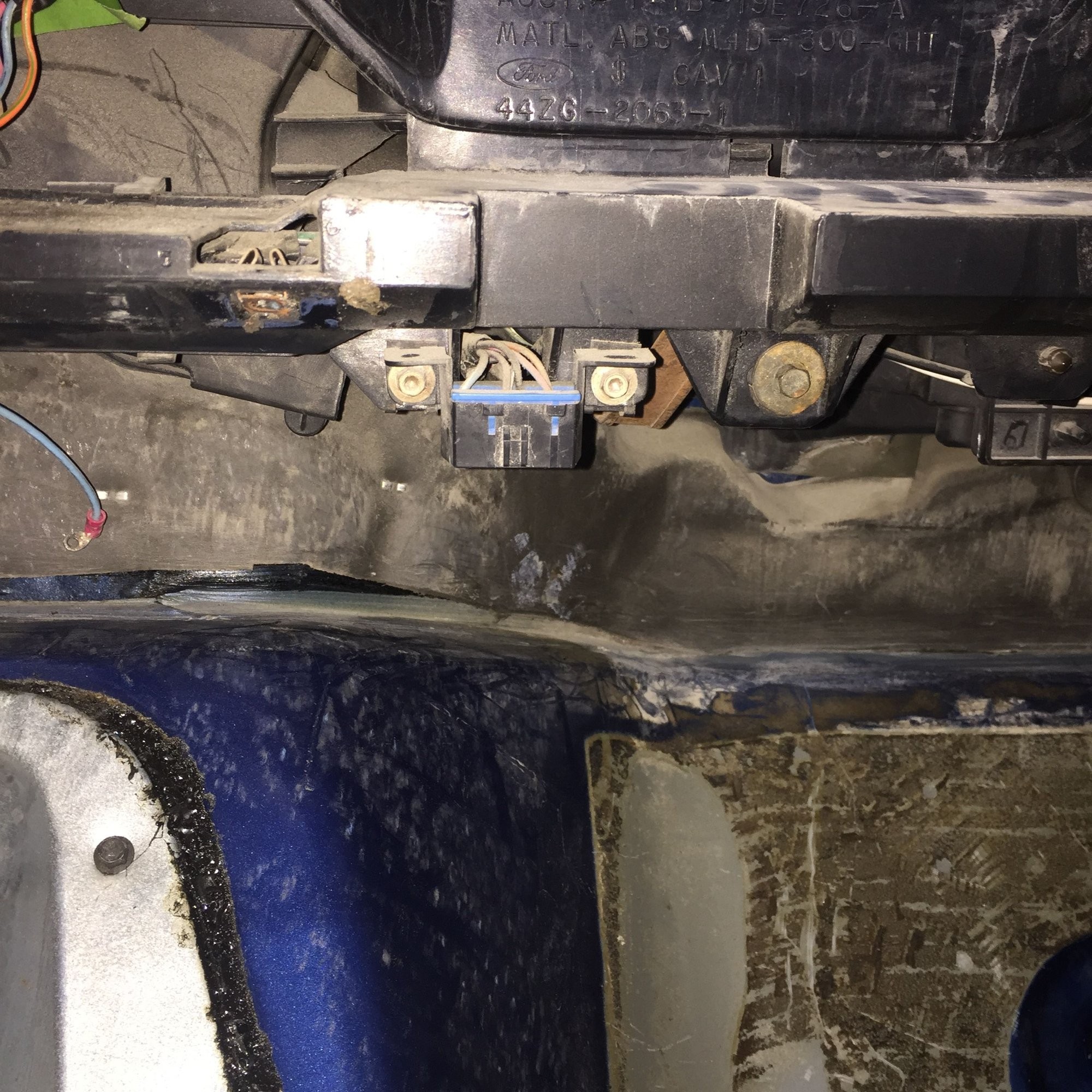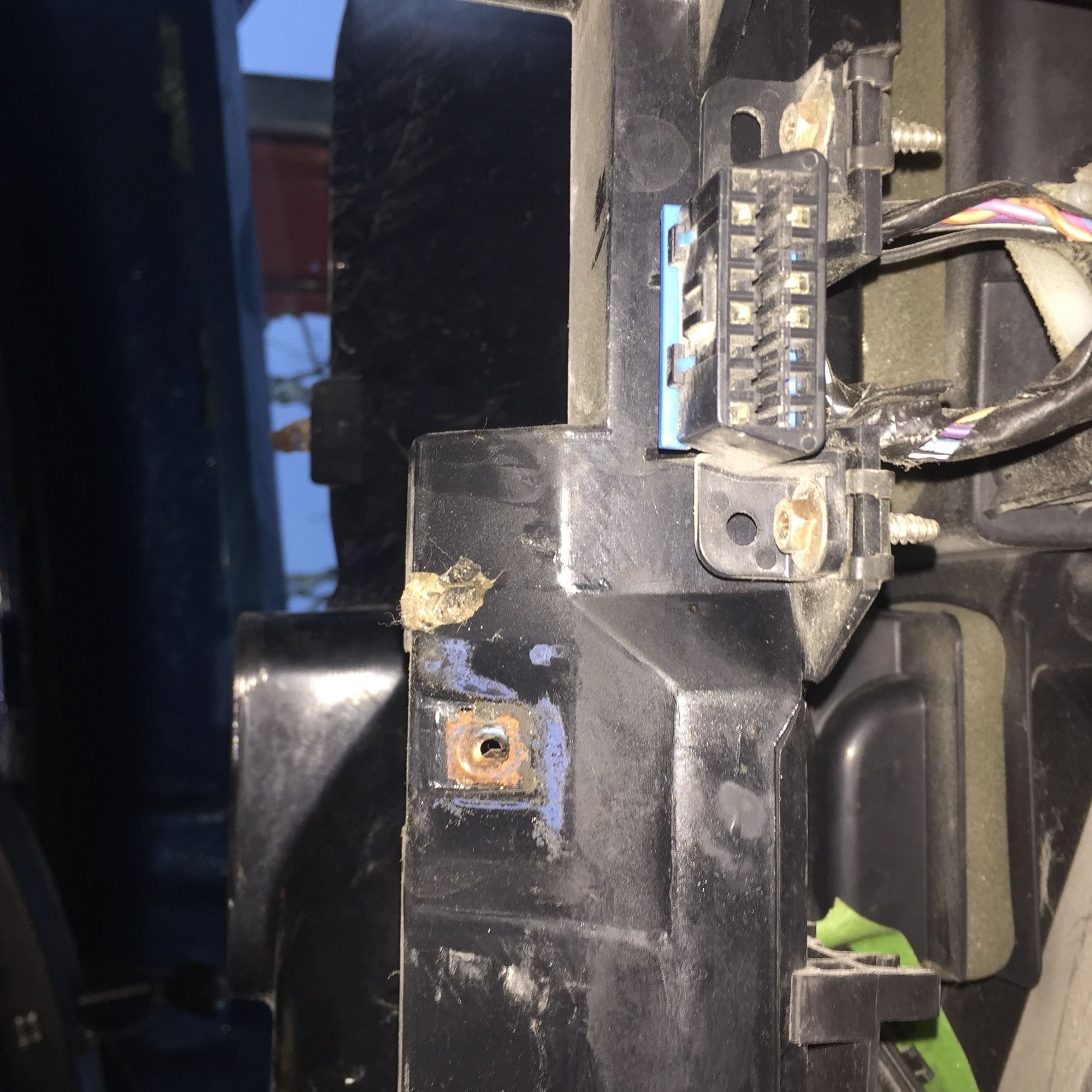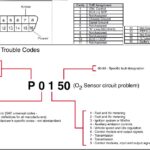Navigating the diagnostic landscape of a classic 1995 Ford F250 5-speed Powerstroke can be puzzling, especially when it comes to OBD2 compatibility. Many owners find themselves questioning whether their trucks are truly OBD2 compliant, despite the presence of what appears to be an OBD2 port. Let’s delve into the specifics of the 1995 Ford F250 Powerstroke and its diagnostic capabilities.
The original poster of a forum thread, a fellow 1995 F-350 owner with a 7.3L Powerstroke, raised a common concern: the inability to connect an OBD2 scanner to their truck, despite it having an OBD2-style port. This mirrors the experience of many encountering similar issues. The question arises: can a simple PCM flash at a dealership magically transform a potentially non-OBD2 system into a fully compliant one?
Likely, the answer is not that straightforward. While the 1995 Ford F-250 Powerstroke does feature a Data Link Connector (DLC) that resembles the OBD2 port, it’s crucial to understand that appearance can be deceiving. This era of Ford trucks exists in a transitional phase regarding diagnostic systems. It’s highly probable that a 1995 F250, particularly with the 5-speed manual transmission and 7.3L Powerstroke, operates on an earlier diagnostic protocol, possibly OBD-I or Ford’s EEC-IV system, even with the OBD2-style connector.
 OBD2 port location in a 1995 Ford F-Series truck dash
OBD2 port location in a 1995 Ford F-Series truck dash
The confusion stems from the standardization process of OBD2. The OBD2 mandate for light-duty vehicles in the USA took full effect in 1996. Vehicles manufactured in 1995 might incorporate some OBD2-style components, like the DLC, as manufacturers prepared for the upcoming regulations. However, this doesn’t guarantee full OBD2 compliance in terms of communication protocols and data availability.
The user in the forum post correctly observes that some 1995 models are “apparently” OBD2 compliant, fueling the hope for a simple PCM flash solution. However, the complexity lies in the engine control unit (PCM) and the sensors it supports. True OBD2 compliance involves a suite of sensors and a PCM programmed to communicate using the standardized OBD2 protocols. It’s unlikely that a simple re-flash of a PCM designed for an earlier system would magically add the necessary hardware and software to achieve genuine OBD2 functionality.
 Close-up view of the OBD2 style diagnostic port in a 1995 Ford F250
Close-up view of the OBD2 style diagnostic port in a 1995 Ford F250
For those seeking enhanced engine data monitoring, similar to the user wanting to connect their head unit for data display, direct OBD2 conversion via PCM flashing is improbable for a 1995 F250 5spd Powerstroke. Instead, exploring aftermarket gauge solutions or diagnostic tools specifically designed for pre-OBD2 Ford systems might be more fruitful. These solutions can often tap into the existing EEC-IV or OBD-I data streams to provide valuable engine information.
In conclusion, while the presence of an OBD2-style port in a 1995 Ford F250 5spd Powerstroke might suggest OBD2 compatibility, it’s more likely a transitional system. A simple PCM flash to enable full OBD2 functionality is not a realistic expectation. Owners are advised to investigate alternative diagnostic approaches and tools tailored to their truck’s specific year and engine management system for effective engine data access.
